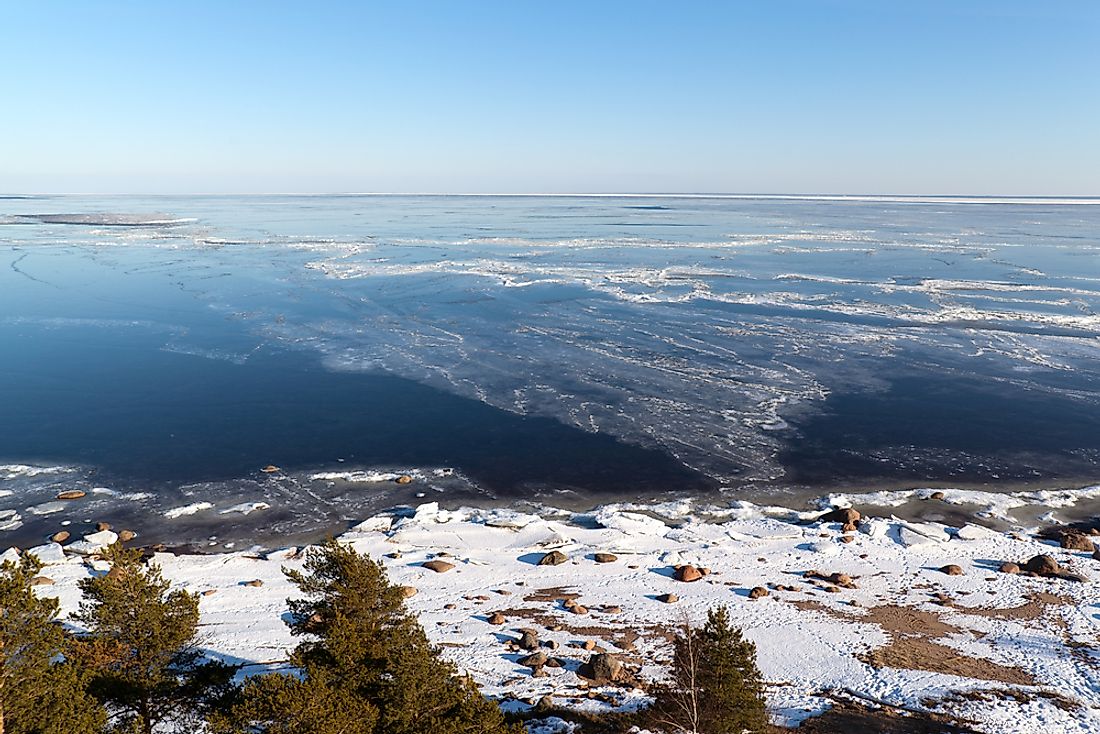What Is An Anoxic Event?

The history of Earth is full of countless mysterious, surprising, natural and supernatural events and phenomena. These include dozens of biological, chemical, geological, meteorological, and physical phenomena. Scientists and geologists have unfolded and explained many of them for our understanding and awareness. One of these unique phenomena is known as ‘anoxic event’ or ‘oceanic anoxic event’.
Concept of Anoxic Events
During anoxic events, vast areas of the ocean become completely depleted of oxygen. Although humans have not experienced this phenomenon for millions of years, geological discoveries have established that our oceans have witnessed anoxic events multiple times. In 1968, the National Science Foundation and Regents of the University of California initiated an ocean drilling project to collect data to unfold the history of the Earth. It successfully examined the seafloor and oceanic plates to collect geological evidence and samples that supported many concepts, hypothesis, and theories. Seymour Schlanger and Hugh Jenkyns were the first who proposed this theory based on the findings made by deep-sea drilling projects. The geologists found that some of these events went extreme and resulted in euxinia, a state in which below-surface water concentrated hydrogen sulfide.
Even today, there are more than four hundred places around the world where sea water contains anoxic characteristics on a very small scale. In geological terms, these patches of water are known as “Dead Zones”. These dead zones can be found throughout the world from North and South America to Europe, China, New Zealand and Japan.
Causes of Anoxic Events
Geologists and scientists are not yet sure about what triggered these events, but there are many possible theories for these strange happenings. Some geologists believe that these events were the result of global warming. A rise in temperature triggered a massive growth of biomass that resulted in the depletion of oxygen. Few others suggest that irregular deep sea water circulation between the North and the South Pole and the equator triggered this phenomenon. Another possibility points towards irregular oceanic oxygen supply. It describes the events as a result of speedy utilization of oxygen in waters without adequate replacement. Some blamed heavy rainfalls as responsible for the events. They believe that these heavy rainfalls swept massive amounts of organic materials from land that finally deposited in the oceans and triggered the onset of anoxic events. Some geological evidence pointed towards a huge collection of poisonous hydrogen sulfide on ocean’s surface and atmosphere that caused anoxic and euxinia events.
Historical Timeline of Anoxic Events
There are four major anoxic events observed by geologists based on the findings made by deep-sea drillings. The oldest evidence that we have for the anoxic events dates back to 183 million years ago, during the Jurassic period. The second reliable source confirms an anoxic event 116 million years ago, during the Lower Cretaceous period. The third major proof of anoxic event suggests its occurrence 90 million years ago, during the Upper Cretaceous period. The last recorded anoxic event took place around 55 million years ago, during the Cainozoic period.
Consequences of Anoxic Events
Geologists directly link anoxic events with the mass extinction of many marine organisms and life forms. They further blame these events for the extinction of many plants and animals on land as these events released poisonous hydrogen sulfide gas in the atmosphere. They claim it even affected the ozone layer that protects Earth from harmful ultra violet rays from the sun. On the other hand, anoxic events played an important role in depositing huge underwater petroleum and gas reserves and many other metal reserves, especially iron.











